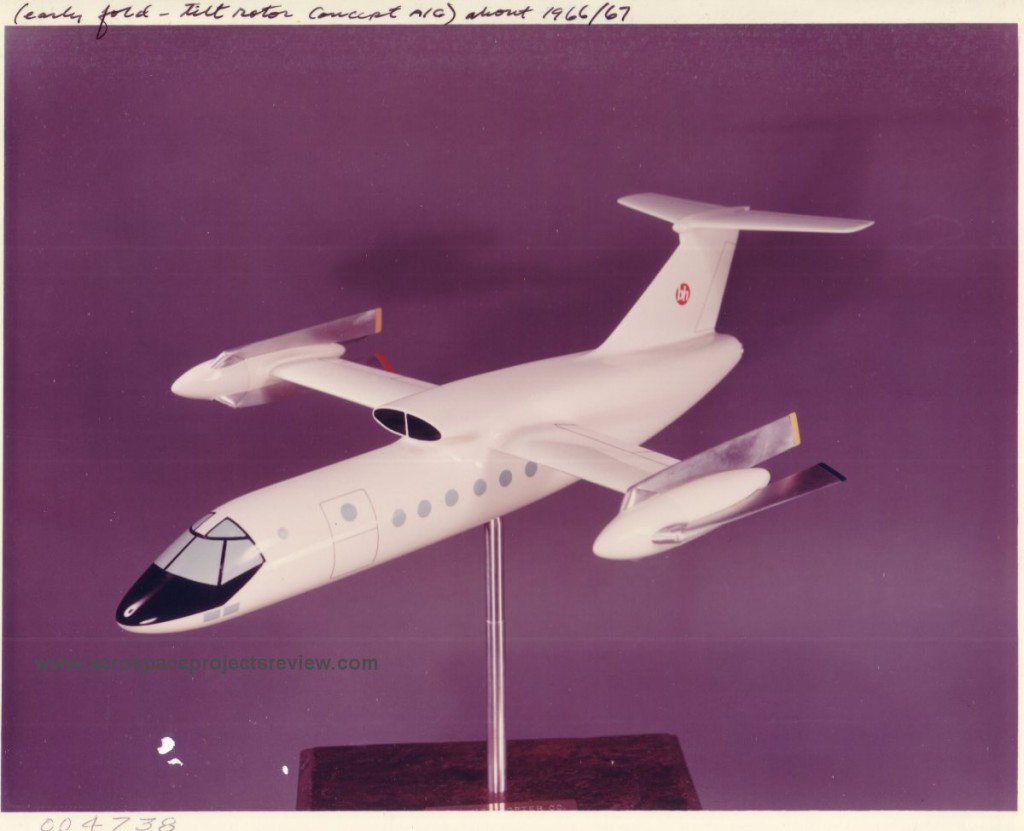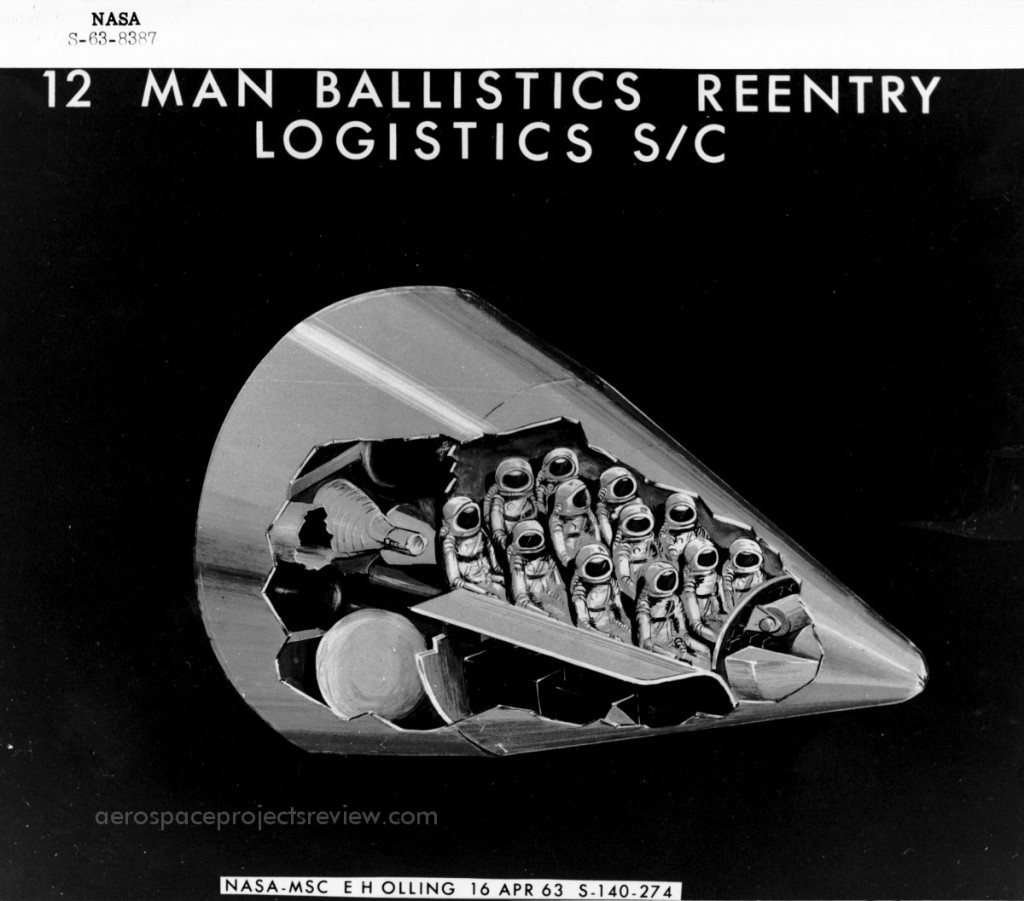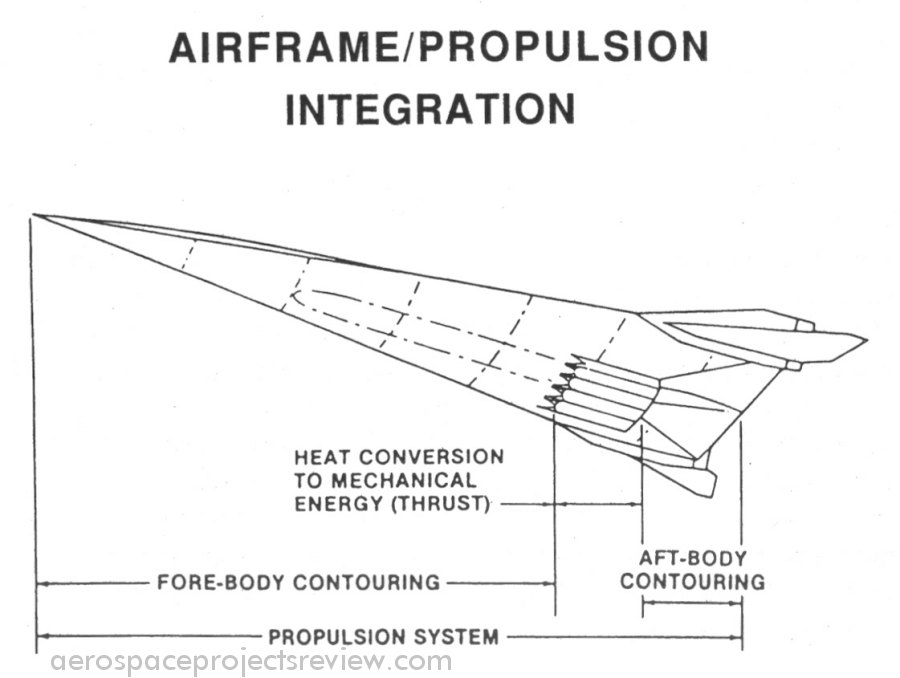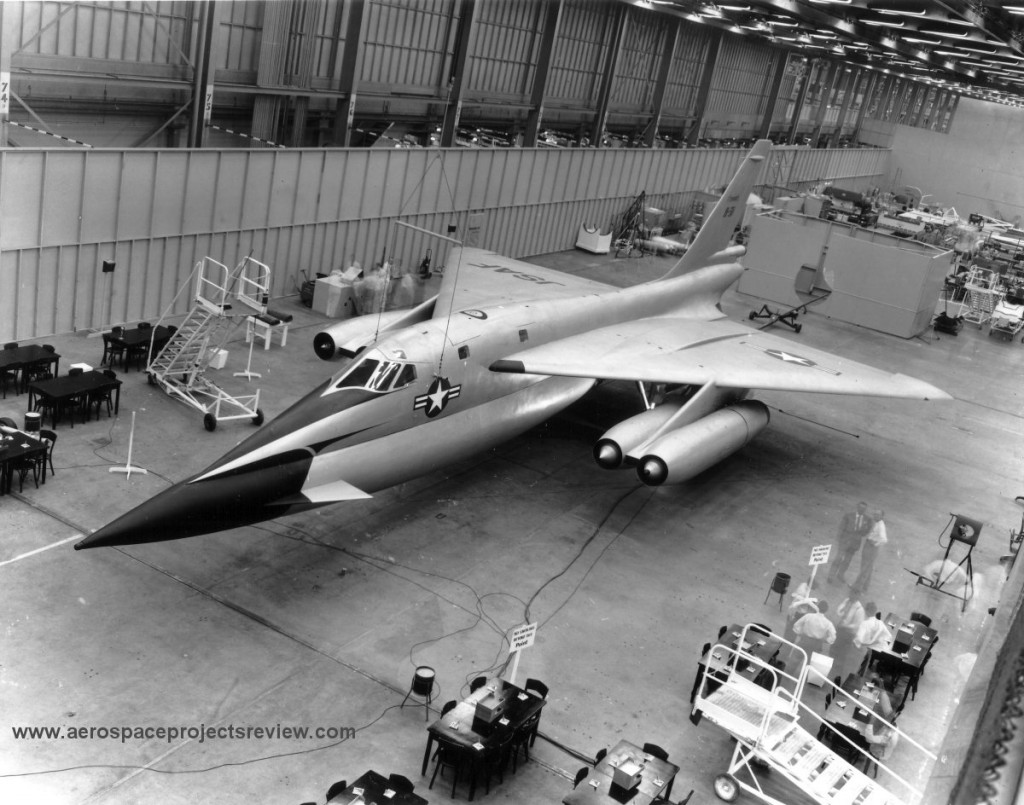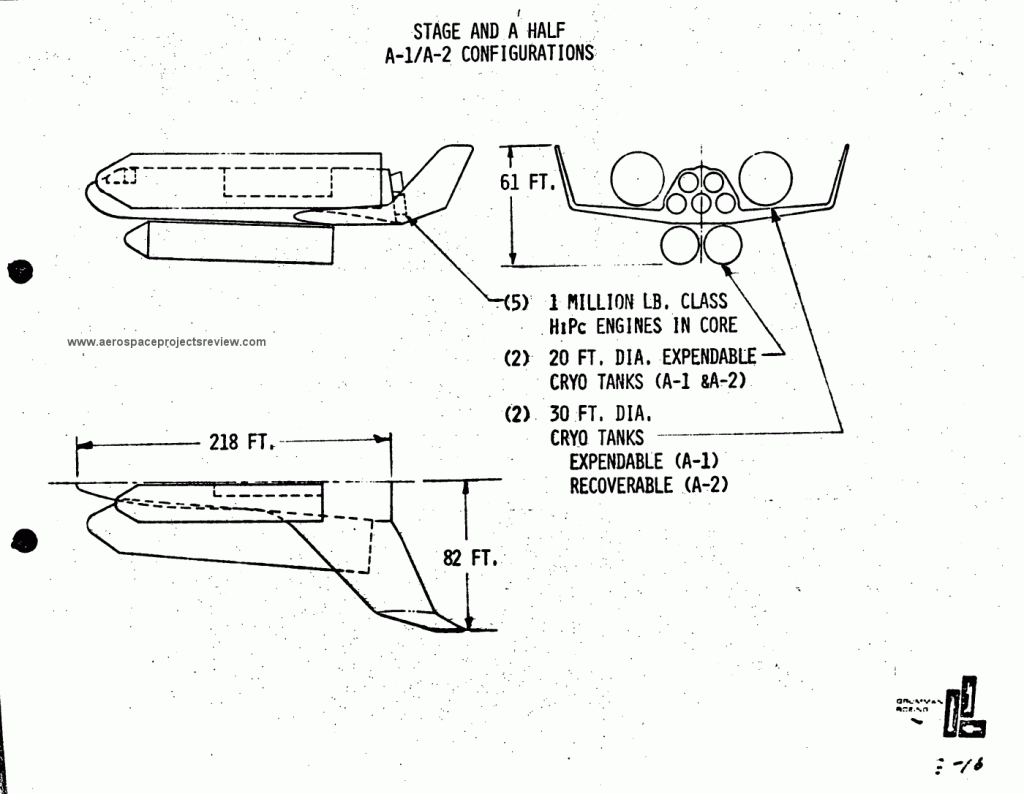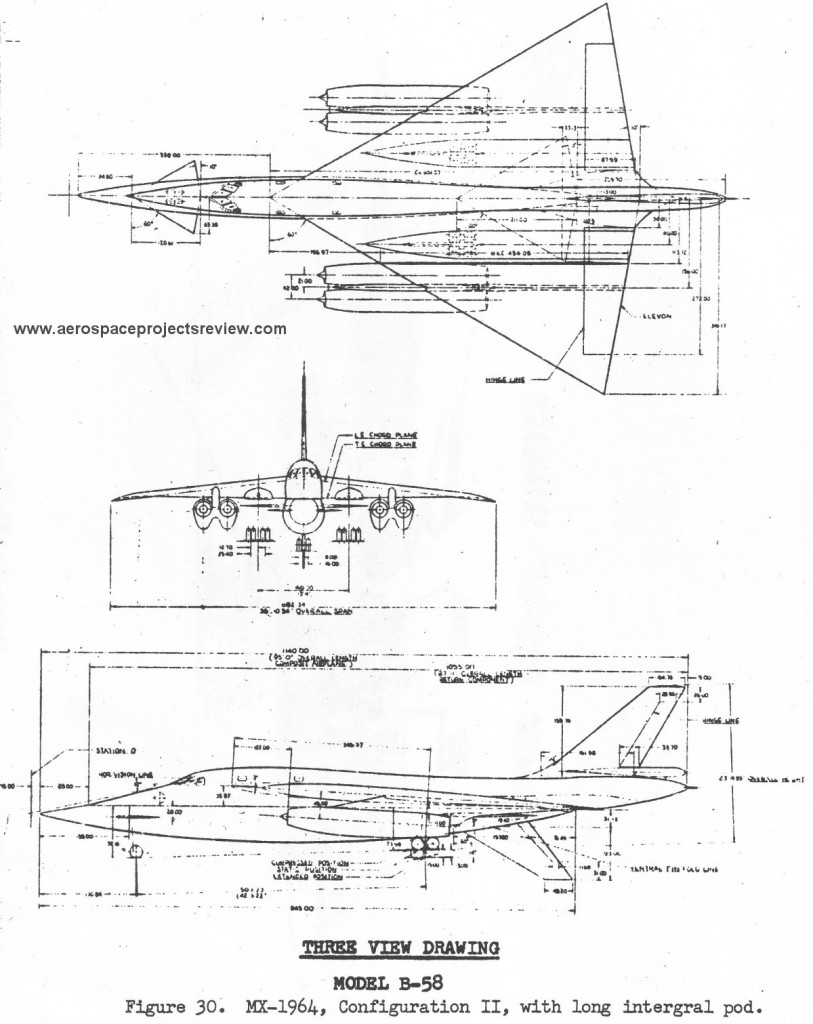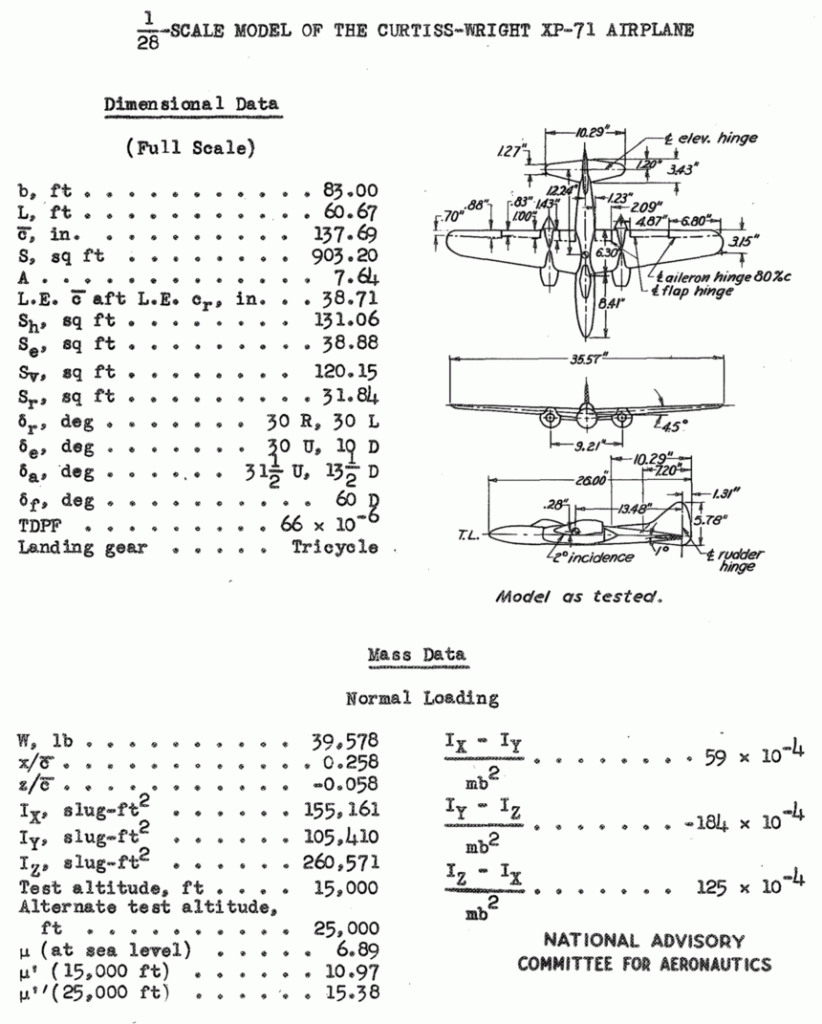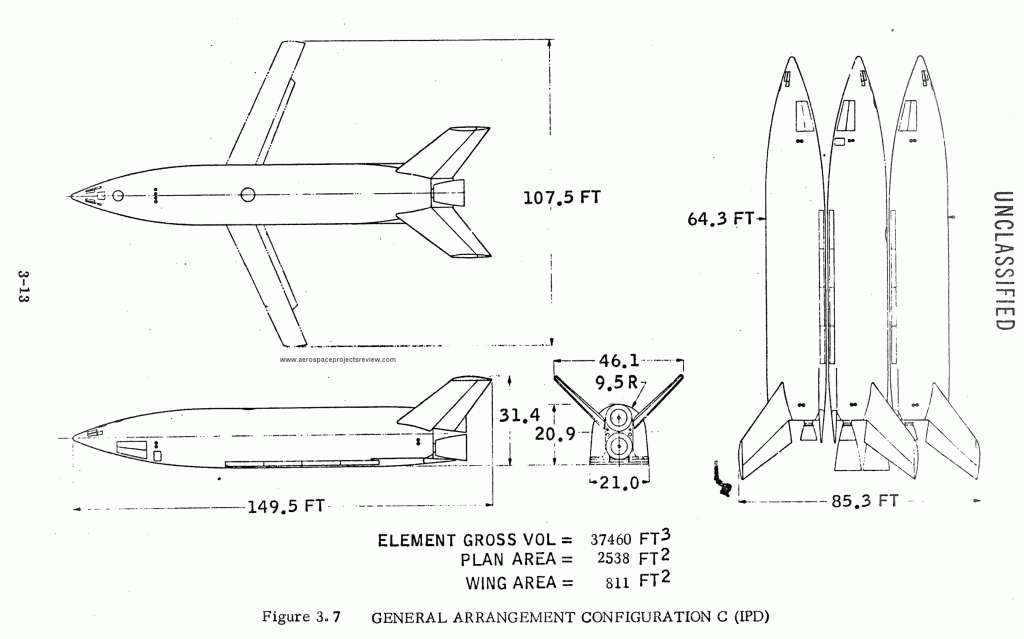A photo of a Bell Fold-Rotor concept. The Fold-Rotor was a tiltrotor design that used the props for vertical flight and to get moving forward, but for high speed used other propulsion systems (in this case, the turboshaft engines mounted in the fuselage that drove the wingtip props would disengage and become straight turbojets), and the rotors would stop and fold back to reduce drag. It was an interesting idea, but it still had all the weight of a tiltrotor system, and then some, but with added complexity.
A customer contracted me to build him a 1/24 scale X-20 Dyna Soar display model. Photos below of preliminary castings, produced in the last few days using a silicone mold that turned out to be too thin. There are flaws in the too-thin mold that came through on the cast, but which wouldn’t exist on a second mold which I plan to make. And obviously the ginormous hole in the tail end wouldn’t exist on a finalized model.
The entry shield will be held on with neodymium magnets, and there’ll be a few more details along with some printed goodies (at least one of which should be *really* impressive) as well as a new stand. There will be specially printed markings, and a choice of finishes… ultra-glossy nitrocellulose lacquer, or satin nitrocellulose lacquer.
The new mold will require that I buy $500 worth of silicone. Anyone interested in an X-20 of their very own? There won’t be too many of these made. If interested, send me an email: ![]()
Again, the model shown here is not a final version, just something of a “prototype.” The actual models will look substantially better.
From the NASA HQ historical archive, a 1963 illustration of a large 12-man Ballistic Logistic System capsule. Such capsules were designed by NASA and various contractors to go atop Saturn boosters to provide crew and cargo transport to and from the large space stations that NASA fully expected to have in orbit in the early to mid 1970’s.
A truly gorgeous, and at first glance quite convincing, mockup of the MX-1964 predecessor design to the B-58. Note that this full-scale model is hanging from the ceiling by wires, much like many another model aircraft.
One of the more unconventional Space Shuttle concepts was this minor Grumman concept from 1971. Similar to the Lockheed STAR Clipper stage-and-one-half design, this design featured a fully reusable rocket powered spaceplane with expendable propellant tanks. Unlike the STAR Clipper, the Grumman design had four unattached tanks and a non-lifting body wing-body orbiter.
The Convair B-58 Hustler grew out of a long series of design studies dating back to the years immediately following World War II. Early concepts called for small jet bombers carried aloft by B-36 or B-60 bombers, and would shed jet engine pods during the mission. These massively complex and expensive systems evolved over time to the somewhat more straightforward B-58 which was a single stage aircraft carrying an underslung pod containing both jet fuel and a single nuclear weapon. But even that was originally intended to be a rocket powered missile.
The B-58 evolved directly from the MX-1964 design from 1952. This is recognizably related to the B-58, but had the four jet engines in two pods rather than four, and a higher degree of integration between the pod and aircraft.
The XP-71 was a sizable Curtiss-Wright design from 1941 for a long range escort fighter. Irritatingly little has been publicly revealed about it. This is assuredly not due to the XP-71 being such an incredibly advanced design (although it was incredibly complex), but rather due to it having been a failed concept. Armed with two 37mm and one 75mm cannon, the XP-71 was bigger and substantially more expensive than a medium bomber such as the B-25, and would likely have been less nimble than a smaller fighter. While the armament would have packed a mighty whollop, targeting an Me 109 or a Zero would have been a matter of great luck or incredible skill. The XP-71 effort lasted from 1941 to 1943.
While I’ve recently been clued in on a Curtiss-Wright report with some good drawings of an oddly swept-wing version of the XP-71 (release of further info currently embargoed), very few decent quality drawings seem to have been released. One of the very few “official” three-views is a rather small diagram from a NACA report describing a great many spin-tests. I’ve not yet located the specific test reports dealing with the XP-71.
A 1969 Convair concept for a space shuttle. The Triamese used three vehicles that shared outer mold lines and many components… two as boosters, a third as the orbiter. The orbiter would have more complex rocket engines, featuring extendable nozzles for improved high altitude performance. All three included cockpits, relatively small high aspect ratio wings that would be stowed internally and flip out for landing, and flip-out turbofans for re-entry cruise and go-around capability. Numerous variants were studied including biamese versions using dissimilar boosters and orbiters.
A decade ago I wrote a bunch of issues of APR, and mailed them out as photocopies. Half a decade ago, I started completely reworking those issues to be released digitally, first on CD-ROM and then as downloads. Then a year or so ago I started making the newest re-worked issues compatible with MagCloud so that customers could purchase printed copies. But all of Volume 1 and most of Volume 2 have not been made available on MagCloud – they just weren’t formatted properly. Wrong margins and, worse, some random 11X17 pages.
When I finished with Packfile #2, German Rocketplanes, I started reworking the reworked editions of Volume 1 for MagCloud. It’s slower going than I’d like… Microsoft Word 1997 is a fine program, but one thing it kinda goes bonkers at is a large document where the fonts and margins are globally changed. Everything gets scattered hither and yon for reasons that are obscure to me. However, I’ve got the first 3 issues more or less hammered into shape. They question is: how much more hammering?
Spelling and grammar errors I fix when I see ’em. Factual errors are changed (such as V1N3, where I repeatedly and inexplicably refer to the clearly labeled Bell “SeaKat” as the “SkyKat” and sometimes “SkyCat”). But with some of the articles, new information has come my way since the original publication. Additional drawings or other imagery; improved quality versions of what I originally had. The CAD drawings I made starting in V1N2 can be improved and reformatted; a number of designs from V1N1 could have CAD drawings made of them. But should I go to the bother? Would reworking some of these things *again* be worth my time and your money?
I guess that’s the question. I don’t expect to sell but maybe a handful of MagCloudified copies of APR issues. In all the years I’ve been including my own CAD layout drawings I don’t think I’ve ever gotten a single message that said either “they add usefully to the description” or “those are a waste of space.” So: if you were on the fence about getting a MagCloud printed copy of, say V1N3, would the inclusion of a few new bits of vintage imagery push you over? Would new or revised CAD drawings do anything for you?
You know engineers, they love to change things. So I’m tempted to try to make these doubly-revised articles as complete as I can with new stuff. But that might be time and effort better spent on some other, more productive task.
Speak your piece.
